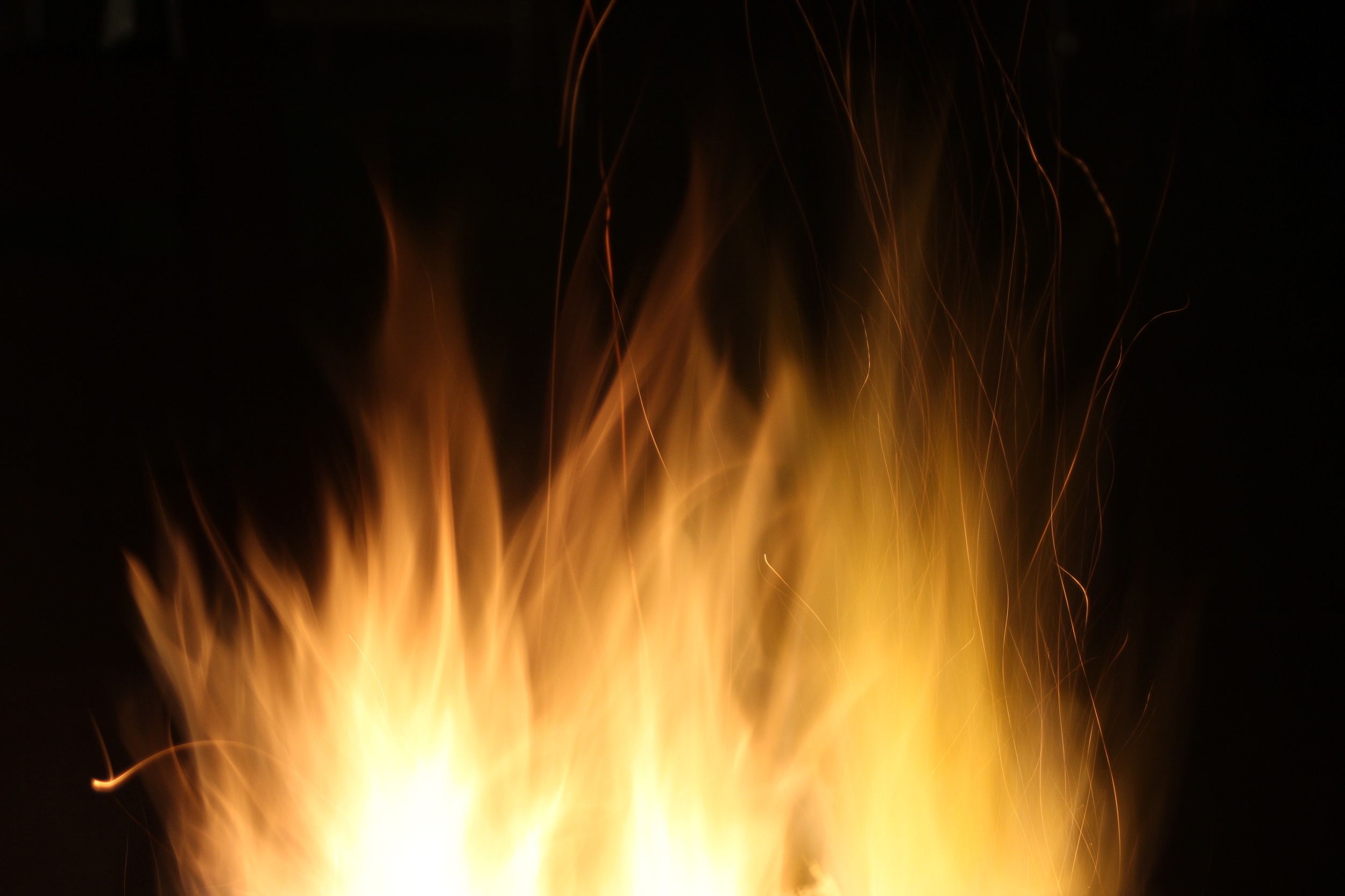 Electrocution is second-leading cause of worker deaths on construction sites. And burns are the most common shock-related injury. To prevent against these types of injuries, it’s important to wear the proper personal protective equipment on job sites where these hazards are present.
Electrocution is second-leading cause of worker deaths on construction sites. And burns are the most common shock-related injury. To prevent against these types of injuries, it’s important to wear the proper personal protective equipment on job sites where these hazards are present.
For those new to the industry or unfamiliar with PPE standards, distinguishing between flame-resistant and non-flammable equipment is difficult. It sounds like they could be interchangeable, right? Unfortunately not. There are distinct differences and making sure you’re using the correct PPE can save your life.
Flame-Resistant
This type of equipment has certain fibers sewn into the clothing, or has a certain type of chemical finish, that makes the material flame-resistant. The fibers don’t support fire and can defend against heat. Since the material doesn’t absorb a lot of heat, flame-resistant clothing doesn’t support combustion. This means the suit can be set on fire if the flame is big enough, but it takes longer to do so. It also self-extinguishes when the source of the heat is put out. Most flame-resistant clothing can protect against about three seconds of fire exposure. OSHA requires flame-resistant PPE in any occupation and area where the risk of clothing catching on fire is high. Clothing made of artificial materials, like polyester and nylon, cannot be worn in these situations as they can melt onto the skin if worn in high-heat environments. Flame-resistant clothing is extremely durable and won’t get worn out, even after going through multiple laundry cycles.
Non-Flammable
Non-flammable PPE won’t break down under extreme conditions, like flame-resistant material can. Those with occupations, like firefighting, wear non-flammable equipment as it’s heavier and has higher resistance to flames. The only downside to this equipment is that it’s extremely challenging for heat to escape the material, just as it’s challenging to let heat inside the material. It can be difficult to breathe in and cause your body’s core temperature to rise. It’s not recommended to wear non-flammable PPE for a long period of time. Most non-flammable gear can protect against about 10-15 seconds of fire exposure. This clothing is extremely durable and won’t melt or burn, even after intense exposure.





